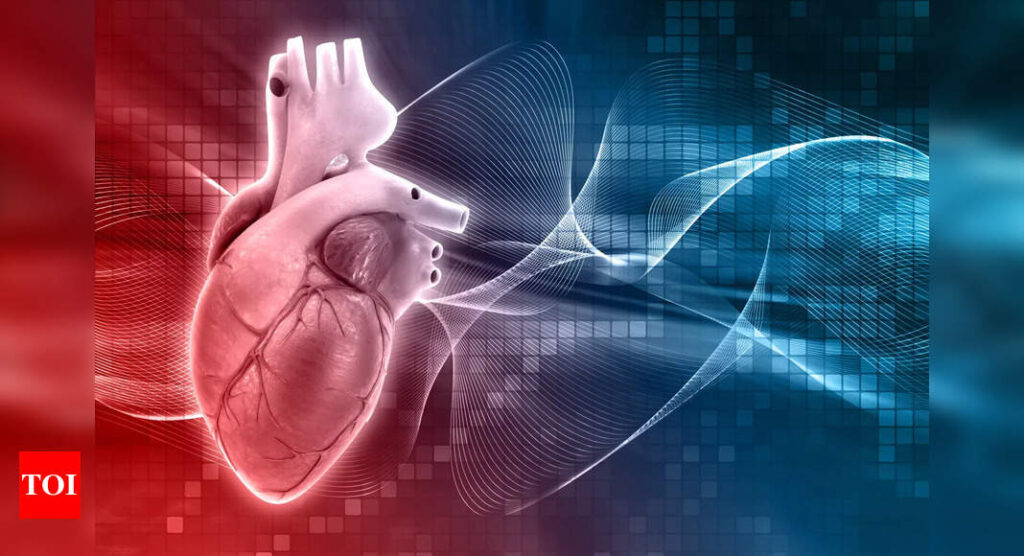Shimla: Indian Institute of Technology (IIT) Mandi researchers have conducted a study to identify the most significant risk factors for cardiovascular diseases (CVDs) among adults aged 45 and above in India. The study found that environmental exposure is a significant risk factor for the occurrence and progression of CVDs in older adults in India.A majority […]
Tag Archives: iit mandi
Acollaborative research team comprising scientists from IIT Mandi and National Brain Research Centre, India and University at Buffalo, USA, performed mathematical simulation studies on non-invasive brain stimulation techniques. The results of the team’s recent work in the area have been published as an abstract in the journal, Brain Stimulation. The abstract has been co-authored by […]


